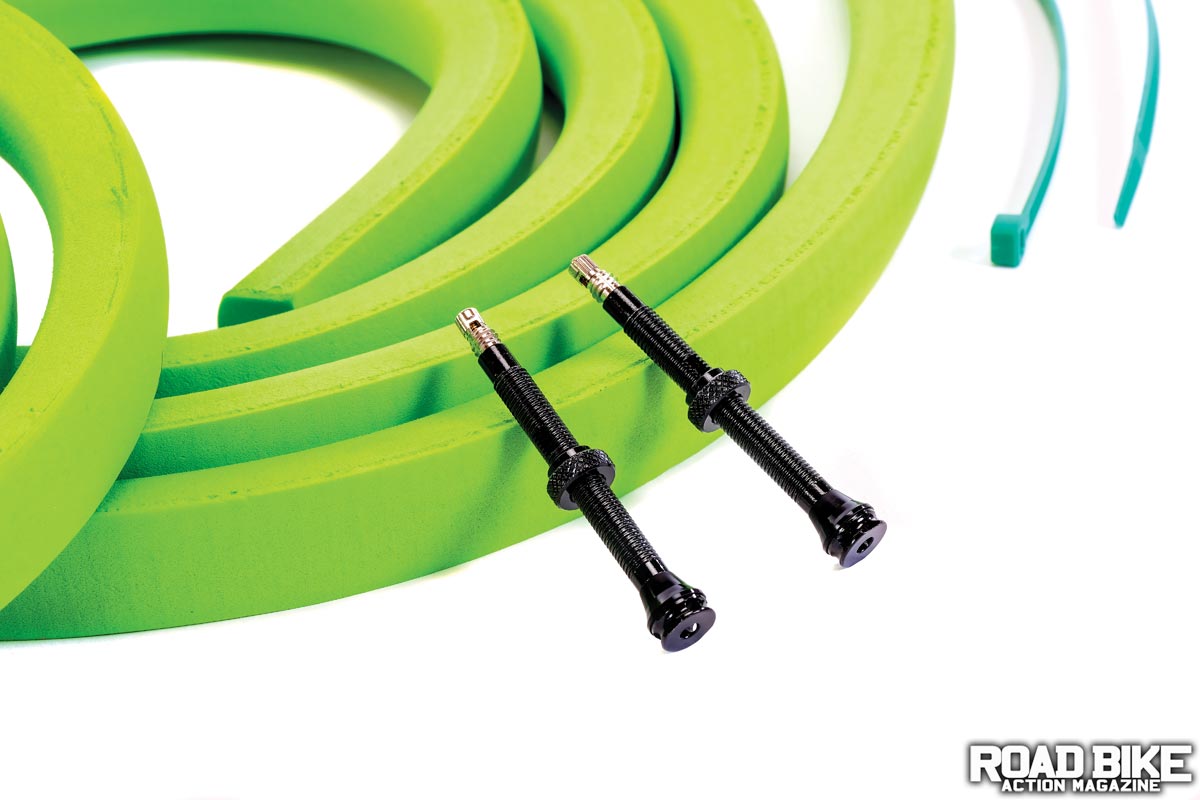TOUR DE FRANCE TECH NOTES -TUBELESS & 3D PRINTED PARTS?!
By Dan Cavallari
While most of the bikes at the 2022 Tour de France are under lock and key due to COVID protocols, the team paddocks will undoubtedly be filled with brand new gear and tech when the bikes come out of hiding for the Grand Depart. And with those big reveals comes conjecture: What new tech will stick, and what won’t?
With the Tour just kicking off, here are a few gear predictions and the impact they will have on the peloton.

Tubeless tires will take over the peloton this year.
The peloton has a whole lot of youth riding in it. These guys grew up on disc brakes and don’t understand the rim brake debate at all. If that’s any indication of what’s to come with tubeless tires, consider tubulars all but dead.
Yes, of course there will be holdouts and there will be plenty of mechanics pulling late nights to glue tubulars in Copenhagen. But it won’t be long before we’re looking back on that practice as a way-back-when curiosity.
Why? What’s different about tubeless setups today as compared to the ones no one trusted just a few short years ago? For starters, the ‘standards’ — an ever-dreaded term in cycling, as standard have rarely ever been standard — have tightened. Tire manufacturers and rim manufacturers are now working within tighter parameters, which means more reliable equipment. In fact, nowadays tire and rim manufacturers are one in the same.
So tubeless systems have become far more reliable. They are less likely to lose air over time than they were just a few years ago. And the interfaces between tire beads and the rims have gotten more efficient too, so burps and blowouts are less likely.
While riders may not get fewer flats, they will get fewer flats of consequence. Tubeless sealant can plug tiny holes quickly, which means riders won’t be hampered as often by flats.
And tubeless tires are faster. There’s a long explanation for this that includes lower tire pressures, a wider contact patch, and better hysteresis performance. But put simply, eliminating an inner tube and running a lower pressure equals more speed.
Cycling is a fickle game, so flats will never go away. But any team looking to hedge its bets in a game of milliseconds knows tubeless is the future.
Tire inserts will play a bigger role as tubeless acceptance grows.
We tech folks often talk about one of the major advantages of tubular tires that racers lose by going tubeless. Yes, it’s possible to run tubulars flat and keep riding. It’s something only racers will do, of course, which is perhaps why tubulars have hung around as long as they have.

But the best tubeless setups also allow riders to continue rolling. It’s definitely a sketchy affair and not recommended for, well, anyone. But it is possible.
That said, teams have already experimented with tire inserts that maintain some tire shape in the event of the flat. And that’s only one of the tangential benefits of inserts.
For starters, tire inserts help prevent pinch flats by supporting the sidewall of tires and acting as a bumper between the road and the rim walls. But more importantly, that sidewall support can improve cornering capabilities, especially at lower tire pressures.
As you corner, your tire folds over slightly. On very tight corners, that can lead to a skittish feel, or evn the tire losing grip on the road. The liner can provide some more structure to the sidewall, keeping the tire from folding over and the rider losing grip.
The biggest drawback is, of course, weight. The liners do add weight to the wheel system, which is the all-important rotational weight. So teams will of course consider the added weight before implementing tire inserts. Look for such inserts to find use during flat stages for sprinters and rouleurs before they find their way to climbing bikes.
3D printed parts will hit the mainstream.
Pro riders have been using 3D-printed parts for some time now, usually at great expense to the team. We have seen 3D-printed titanium handlebars on Team Sky bikes as early as 2015 races and the 2016 Tour de France, in fact. And in subsequent years, other one-off 3D-printed plastic parts like chain catchers have been spotted on various pro bikes.
With the process more streamlined — and slightly more affordable — than in years past, we will see 3D-printed parts trickle down from the pro bikes into consumer bikes. The trend has already begun, with the likes of Dimitris Katsanis — a member of the “Secret Squirrels Club,” a team of engineers that included Chris Boardman, tasked with redesigning and revamping Team Great Britain’s Olympic track bikes — spearheading one of the first consumer-facing 3D-printed parts companies in Mythos Components.
Let’s not get crazy, though: 3D-printed components will remain halo products for the immediate future. Large 3D printers capable of creating bicycle parts are still quite expensive, and that cost gets passed onto the consumer. So for now, such parts will remain a stable of pro race bikes. As prices come down, the customizability of 3D-printed parts will become irresistible even to recreational riders looking for comfort and performance tailored specifically to their bodies and bikes.



Comments are closed.